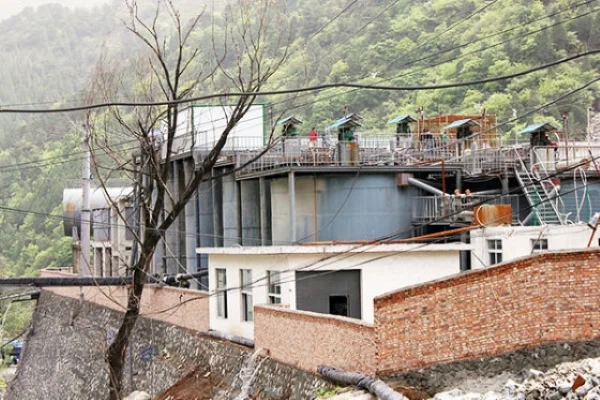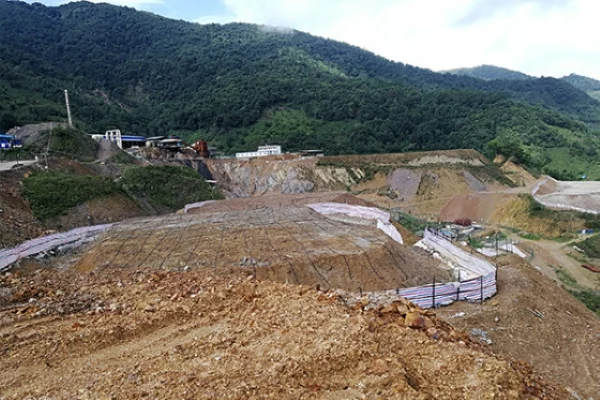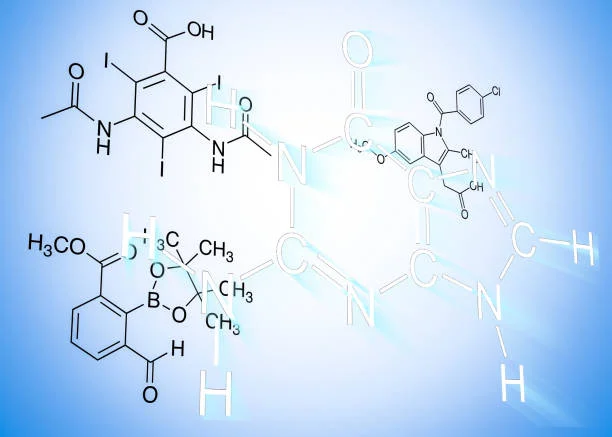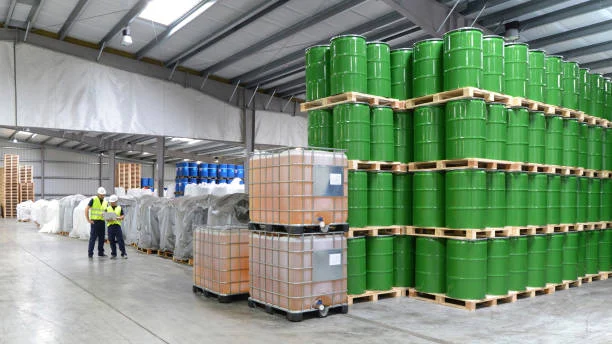
Introduction
Cyanidation tailings generated during the extraction processes in the metallurgical industry pose significant environmental challenges due to their high arsenic content. In addition to environmental concerns, these tailings represent a potential secondary resource. Thus, it is crucial to develop effective methods for simultaneously enriching valuable elements such as sulfur and iron while reducing arsenic content. This study focuses on Cyanidation tailings from a smelter, aiming to achieve these objectives through a well-designed flotation process.
Methodology
Sample Source
The cyanidation tailings used in this study were obtained from a specific smelter. The initial samples were characterized to understand their elemental composition and mineralogical properties before proceeding with the flotation experiments.
Flotation Experiment
Sulfuric acid (H_2SO_4) was employed as a sulfur activator. A combination of sodium humate and calcium hypochlorite (Ca(ClO)_2) was used as an arsenic inhibitor. Multiple flotation experiments were carried out under carefully controlled conditions. The experimental parameters, including reagent dosage, pulp density, and flotation time, were optimized to achieve the best separation results.
Analytical Techniques
Scanning Electron Microscopy (SEM) and X-ray Diffraction (XRD) were used to analyze the flotation products. SEM was utilized to observe the surface morphology and particle characteristics of the samples. XRD analysis helped to identify the mineralogical phases present in the samples, providing insights into the arsenic's occurrence state within the cyanidation tailings.
Results
The flotation experiments demonstrated remarkable results. The sulfur grade in the concentrate reached over 48%, while the arsenic grade was successfully reduced to less than 0.2%. These results indicate the effectiveness of the selected reagents and the optimized flotation process in achieving the dual goals of sulfur-iron enrichment and arsenic removal.
Discussion
Occurrence State of Arsenic
Through SEM and XRD analysis, the occurrence state of arsenic in the cyanidation tailings was determined. Arsenic was found to be associated with certain minerals, which influenced its behavior during the flotation process. Understanding this occurrence state is crucial for developing more targeted separation strategies.
Reasons for Difficult Separation of Sulfur and Arsenic
The study also conducted a preliminary exploration of the reasons behind the challenging separation of sulfur and arsenic in cyanidation tailings. Factors such as the fine dissemination of arsenic-bearing minerals, surface interactions between different minerals, and the complex chemical composition of the tailings contributed to this difficulty. The use of the (H_2SO_4), sodium humate, and (Ca(ClO)_2) combination mitigated these challenges to a certain extent, as evidenced by the favorable flotation results.
Conclusion
This study successfully developed a flotation process for enriching sulfur-iron and removing arsenic from cyanidation tailings. The use of (H_2SO_4) as a sulfur activator and the combination of sodium humate and (Ca(ClO)_2) as an arsenic inhibitor proved effective. The SEM and XRD analyses provided valuable insights into the arsenic's occurrence state and the reasons for the difficult sulfur-arsenic separation. Future research could focus on further optimizing the flotation process, exploring alternative reagents, and improving the overall efficiency of resource recovery and environmental protection.
- Random Content
- Hot content
- Hot review content
- Unlocking the Power of Mineral Processing Chemicals: Enhancing Efficiency and Sustainability
- Sodium Sulfide Industry Grade 60% 30ppm/150ppm Yellow/ Red Flakes Na2s
- industry Electric Detonator
- Featured Poducts Sodium Cyanide
- Phosphoric Acid 85% (Food grade)
- Sodium Metasilicate Pentahydrate
- 2-Hydroxyethyl acrylate (HEA)
- 1Discounted Sodium Cyanide (CAS: 143-33-9) for Mining - High Quality & Competitive Pricing
- 2Sodium Cyanide 98% CAS 143-33-9 gold dressing agent Essential for Mining and Chemical Industries
- 3Sodium Cyanide 98%+ CAS 143-33-9
- 4China's New Regulations on Sodium Cyanide Exports and Guidance for International Buyers
- 5Anhydrous Oxalic acid 99.6% Industrial Grade
- 6Oxalic acid for mining 99.6%
- 7Reagent Grade/Industrial Grade Hydrochloric Acid min.31%
- 1Sodium Cyanide 98% CAS 143-33-9 gold dressing agent Essential for Mining and Chemical Industries
- 2High Quality 99% Purity of Cyanuric chloride ISO 9001:2005 REACH Verified Producer
- 3 High-Quality Sodium Cyanide for Leaching
- 4Powdery emulsion explosive
- 5Industry Grade Electron grade 98% Sulfuric Acid H2SO4 Sulphuric Acid Battery Acid Industrial Sulfuric Acid
- 6Colloidal emulsion explosive
- 7sodium hydrosulfide 70% flakes used Mining Industry












Online message consultation
Add comment: